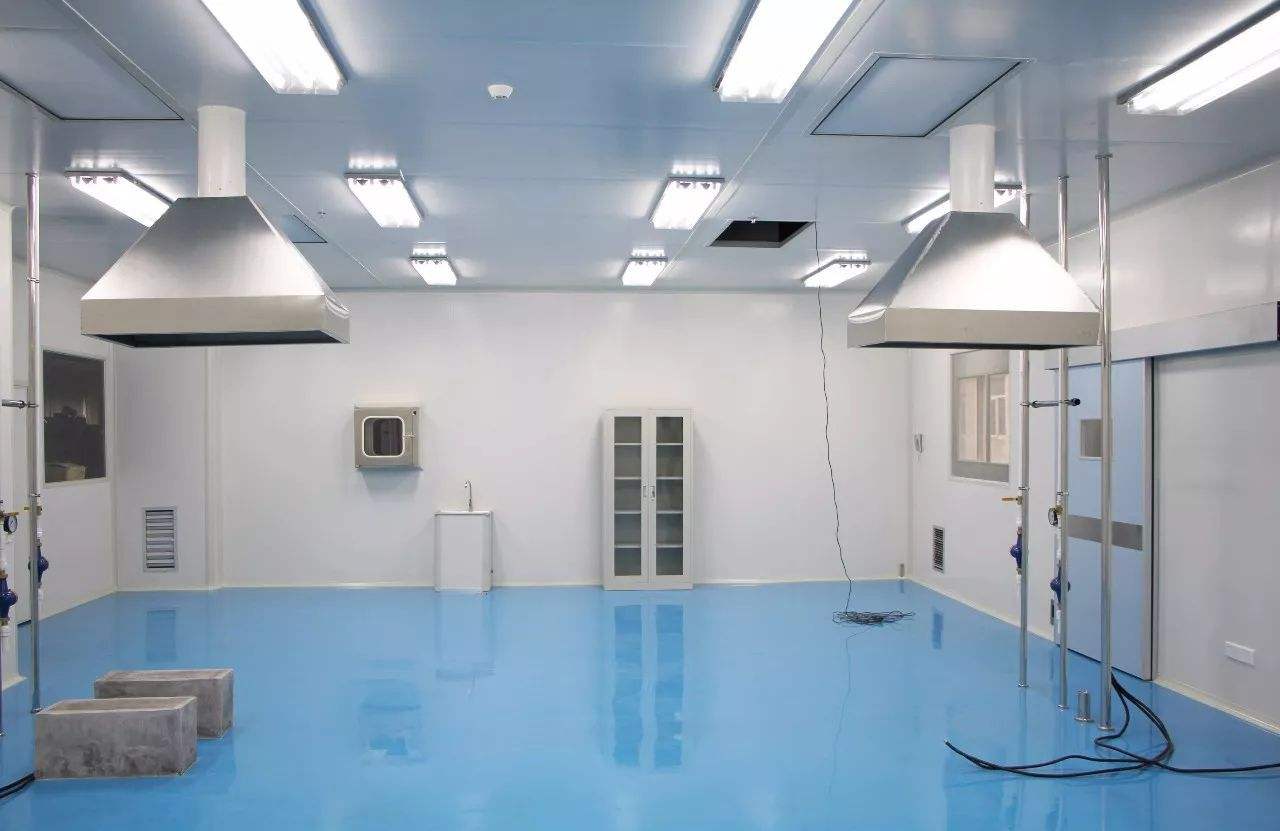The clean room is a special experimental laboratory that needs to be used in many laboratories. It has different grades. How do you test the grade after the decoration of the clean room is completed?
There are three types of test in the clean room, namely air conditioning test, static test and dynamic test. Here are the differences and test methods.
Empty state test: The clean room has completed the construction, the purified air conditioning system is in normal operation, and the test is conducted without process equipment and production personnel in the room.
Static test: The clean room air purification system has been in normal operation, the process equipment has been installed, and the test is conducted without production personnel in the room.
Dynamic test: The clean room has been tested under normal production conditions.
The detection of air volume, wind speed, positive pressure, temperature, humidity and noise in the clean room can be carried out in accordance with the relevant provisions of general general and air conditioning.

1. Preparation before testing
1. The clean room and its clean air conditioning system should be thoroughly cleaned.
2. A light scattering particle counter is used for the leak detection test of the high efficiency air filter. First, determine that the number of dust particles with a particle size greater than or equal to 0.5 μm in the upwind side static pressure box or air duct of the high-efficiency air filter should be greater than or equal to 30,000 particles/liter. If it is not enough, smoke can be introduced, and then start leak detection. The sampling port of the particle counter or leak detection device is 2-3 cm away from the HEPA filter, and can be moved at a speed of 2-4 cm/sec to scan the entire cross-section head sealant and installation frame of the HEPA filter.
When the particle counter reads that the dust particles with an air port greater than or equal to 0.5 μm exceed 3 particles/minute·liter or its penetration rate is greater than 0.01‰, it is considered that there is obvious leakage at this place, and leakage must be blocked.
2. Test content
1. Total supply air volume, total return air volume, fresh air volume, exhaust air volume, etc.;
2. Pressure value of clean room;
3. Cross-sectional wind speed and air flow direction of laminar flow clean room;
4. Cleanliness of clean work area;
5. Adjustment test of indoor temperature, humidity and control ability;
6. Clean room noise.
3. Test method of air cleanliness in clean work area
For the counting of dust particles with a particle size greater than or equal to 0.5 μm, the light scattering particle counting method should be used, or the filter microscope counting method can also be used.
Light scattering particle counting method:
1. Light scattering particle counter sampling volume 100: each sampling volume is greater than or equal to 1 liter. Class 1,000-10,000: Each sampling volume is greater than or equal to 0.3 liters. Class 100,000: Each sampling volume is greater than or equal to 0.1 liters. For class 100 clean rooms, a large-flow particle counter should be used for testing; if the conditions are not met, a particle counter with a sampling volume of not less than 1 liter can be used.
2. Sampling considerations:
①The sampling tube must be clean, and the connection is strictly forbidden to leak.
②The length of the sampling tube should be based on the allowable length of the instrument. When not specified, it should not be greater than 1.5 meters.
③ The velocity of the sampling pipe should be close to the average wind speed of the clean room section. The tester should be on the downwind side of the sampling port.
④The sampling sequence should be carried out from low to high dust concentration.
3. Layout of measuring points:
①The test is conducted in the clean work area. When the production process has no special requirements, the sampling height should be 1 meter above the ground.
② The total number of measuring points in the laminar flow clean room is not less than 20 points, the distance between the measuring points is 0.5-2.0 meters, and the number of dust particles with a particle size greater than or equal to 0.5 μm is allowed to exceed one point. The measuring points of the horizontal laminar flow clean room are only arranged in the first clean working area.
③The turbulent clean room can arrange 5 measuring points according to the clean area less than or equal to 50 square meters. Every additional 20-50 square meters, add 3-5 measuring points.
4. Data collation:
① The data sorting of each measuring point should be sampled three times continuously under the condition that the test instrument runs stably, and the average value is taken, which is the actual measured value of this point.
② For the number of dust particles greater than or equal to 0.5μm: the maximum value of each measurement point in the laminar clean room, and the average value of each measurement point in the turbulent clean room
Four positive pressure values should be measured with a micromanometer with an accuracy of up to 0.01 mm water column.